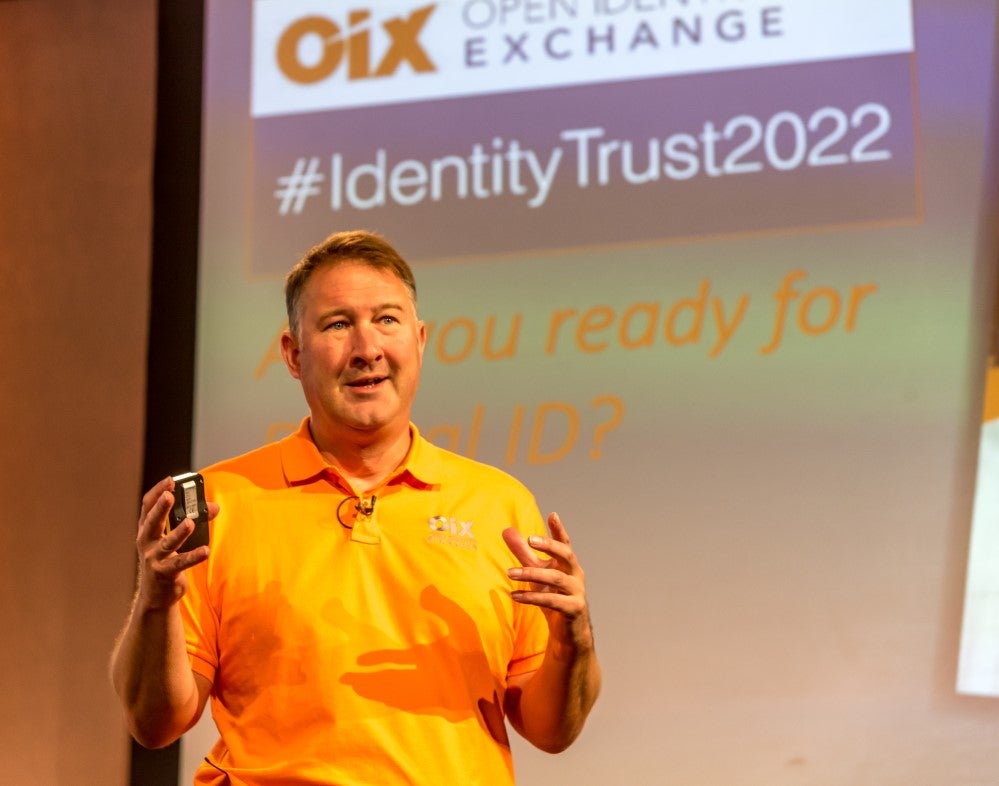
2023 will see significant movement in digital ID adoption across all sectors, with the motor finance sector among those that will come to rely on digital ID the most, writes Nick Mothershaw, chief identity strategist at the Open Identity Exchange, a non-profit trade organisation that works to accelerate the adoption of digital identity services based on open standards.
The benefits of digital ID adoption to how providers of motor finance operate, manage fraud and engage with customers will be significant.
But adoption of digital ID has been slow in this sector, with ongoing uncertainty around its practical elements. There is a lot of work taking place behind the scenes to address the uncertainties. For motor finance providers to move forward on digital ID in 2023, these are the areas to be addressed.

Clarity around compliance
It’s not clear in existing regulatory guidance whether some of the techniques being introduced by digital ID are compliant. The guidance was written many, many years ago to address the use of either physical documents or electronic evidence.
Techniques such as ‘identity document to selfie face matching’ didn’t exist then. This technique mixes the use of a physical document with electronic scanning and biometric matching techniques. It’s not clear how the guidance applies to this type of technique.
The answer may lie in the government’s good practice guidance (GPG 45) for the authentication of users – an excellent move towards giving organisations the confidence that they are complying and only allowing the right people to access the right things.
How well do you really know your competitors?
Access the most comprehensive Company Profiles on the market, powered by GlobalData. Save hours of research. Gain competitive edge.

Thank you!
Your download email will arrive shortly
Not ready to buy yet? Download a free sample
We are confident about the unique quality of our Company Profiles. However, we want you to make the most beneficial decision for your business, so we offer a free sample that you can download by submitting the below form
By GlobalDataHowever, the sheer breadth of evidence that GPG 45 allows has raised further questions about whether it aligns with established anti-money laundering (AML) requirements. For example, it allows knowledge-based verification which is unpopular with financial services firms. Perhaps the answer is an AML filter on GPG 45 to allow financial services to specify which elements from the broad menu of supported techniques are acceptable to them.
A question of measurement
A key barrier to digital ID adoption in this sector is the lack of evidence around the effectiveness of the techniques and the ID providers behind them.
The government has made positive progress with the trust framework to address these concerns, having developed a set of consistent standards around how digital ID techniques should work. Nearly two dozen ID providers have undergone the trust framework’s certification process and many more are in the line. This should give the sector some level of confidence.
Some financial services organisations, however, say that specific standards around measurement and product testing are needed. For example, GPG45 includes a standard-based approach for the use of document scanning and biometric matching. To be acceptable to financial services in this area, GPG45 may need to go further and specify more detailed product testing requirements and acceptable error rates.
Transparency is needed, whether it’s the government taking what they’ve already done to another level, or conformance bodies doing it in a way that is consistent and can be evidenced. For now, the sector wants to see the due diligence behind the ‘certification’ otherwise it will be too big a leap of faith for them to adopt.
For better or for worse?
Motor finance onboarding processes in place today are robust and provide a known success rate, electronically and manually. While digital ID should improve onboarding and cost efficiencies, this is yet to be proven. The good news is that there are some major pilots underway, so evidence should be revealed in the coming year.
Staying on top of fraud
Motor finance providers know what their fraud profiles are and have robust fraud controls in place. When using a digital ID, motor finance providers can and should run all the fraud controls that motor finance providers have in place today.
Whilst the UK trust framework requires ID providers to implement fraud management controls, there is some ambiguity around exactly how individual ID providers defend against fraud which is causing nervousness. In particular, motor finance providers need confidence that the digital IDs presented by digital ID providers haven’t been taken over by fraudsters since they were created. This is an attack vector only the ID provider can defend against.
It highlights a need for transparency on how the government’s trust framework fraud requirements are being implemented by each party.
A digital ID future
A key theme running through all the reasons adoption has been slow is trust and the lack of it. In order for trust to be gained in the motor finance sector, there needs to be a greater level of transparency, ideally driven by the government, the conformance bodies involved, or specific finance sector trust schemes. As well as a greater level of understanding of the significant work that has already been undertaken. Then the sector will see why some industries are moving more quickly to adopt digital ID.
How cybercriminals are targeting asset finance instant messaging






